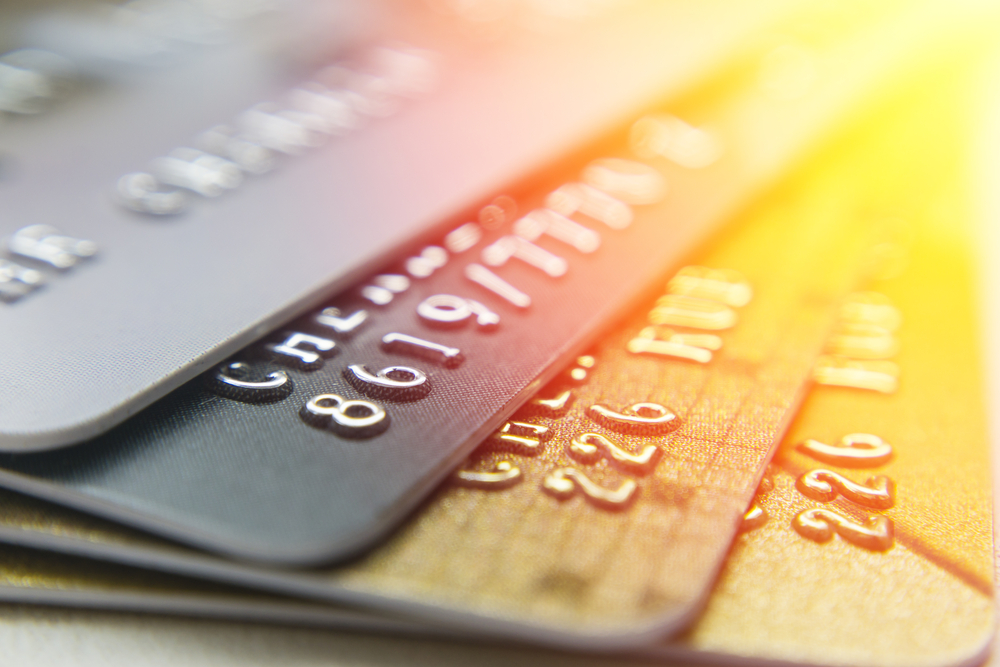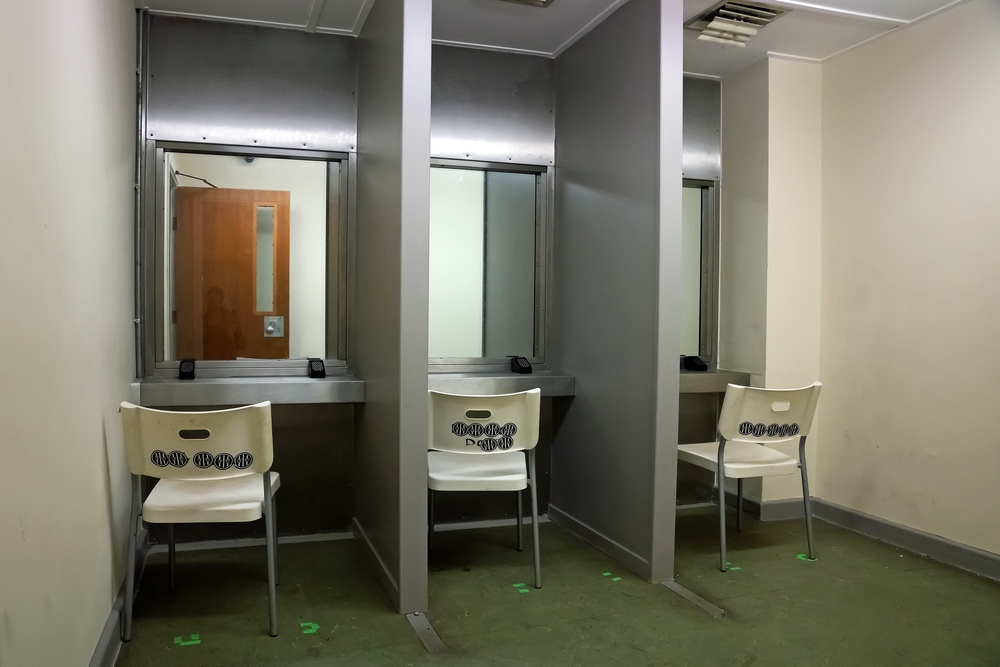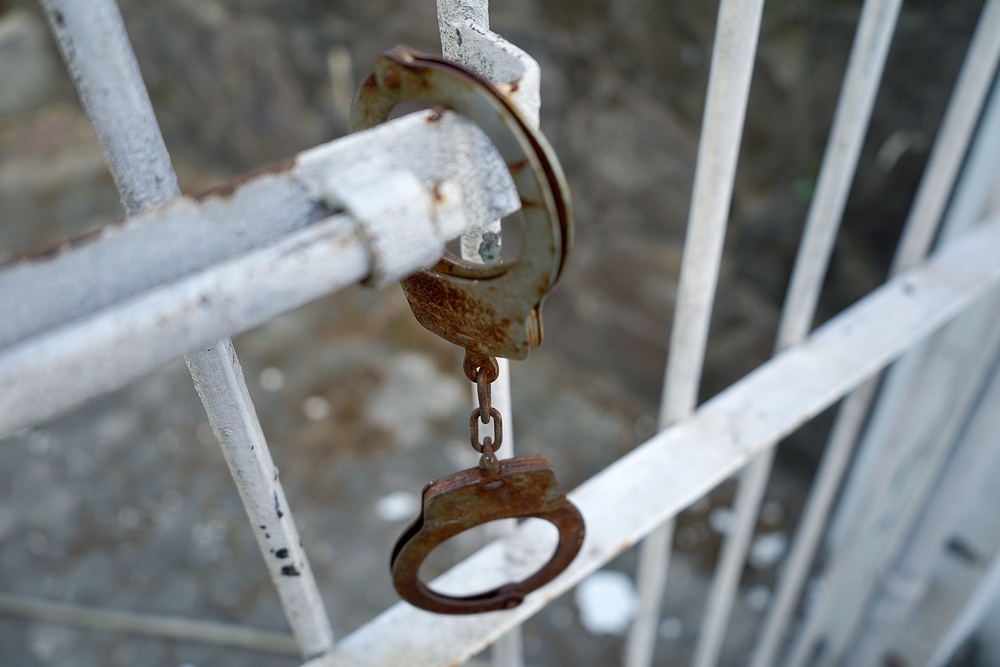Inmates do not have direct access to their bank accounts while incarcerated. Once an individual is incarcerated, their ability to manage their financial affairs is typically limited, and they may not be able to access or manage their bank accounts in the same way as they could while they were free.
Here are a few reasons why inmates typically do not have access to their bank accounts…
- Security Concerns – Correctional facilities have strict security protocols in place to prevent contraband, unauthorized communication, and financial transactions within the facility. Allowing inmates to access their bank accounts could pose security risks and potentially lead to issues such as fraud, extortion, or money laundering.
- Legal Restrictions – Inmates are subject to restrictions on their activities and privileges while incarcerated, including limitations on their ability to manage financial matters. Depending on the jurisdiction and the specific circumstances of the case, inmates may have limited or no access to their bank accounts as part of their sentence or conditions of confinement.
- Financial Management – Inmates may designate a trusted individual, such as a family member or legal representative, to manage their financial affairs while they are incarcerated. You may be responsible for paying bills, managing assets, and making financial decisions on behalf of the inmate.
- Correctional Policies – Correctional facilities often have policies and procedures in place regarding inmates’ access to financial resources and assets. These policies may vary depending on the facility and the jurisdiction, but they are generally designed to maintain security, prevent financial exploitation, and ensure compliance with relevant laws and regulations.
While inmates may not have direct access to their bank accounts, they may still be able to receive funds from external sources, such as family members or friends, through approved channels provided by the correctional facility. Inmates may have access to financial services offered by third-party vendors or the correctional facility itself, such as inmate trust accounts or commissary accounts, which they can use to make purchases or send money to approved recipients.





